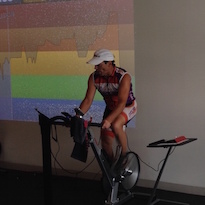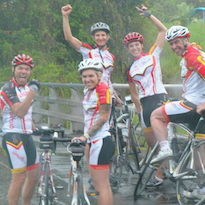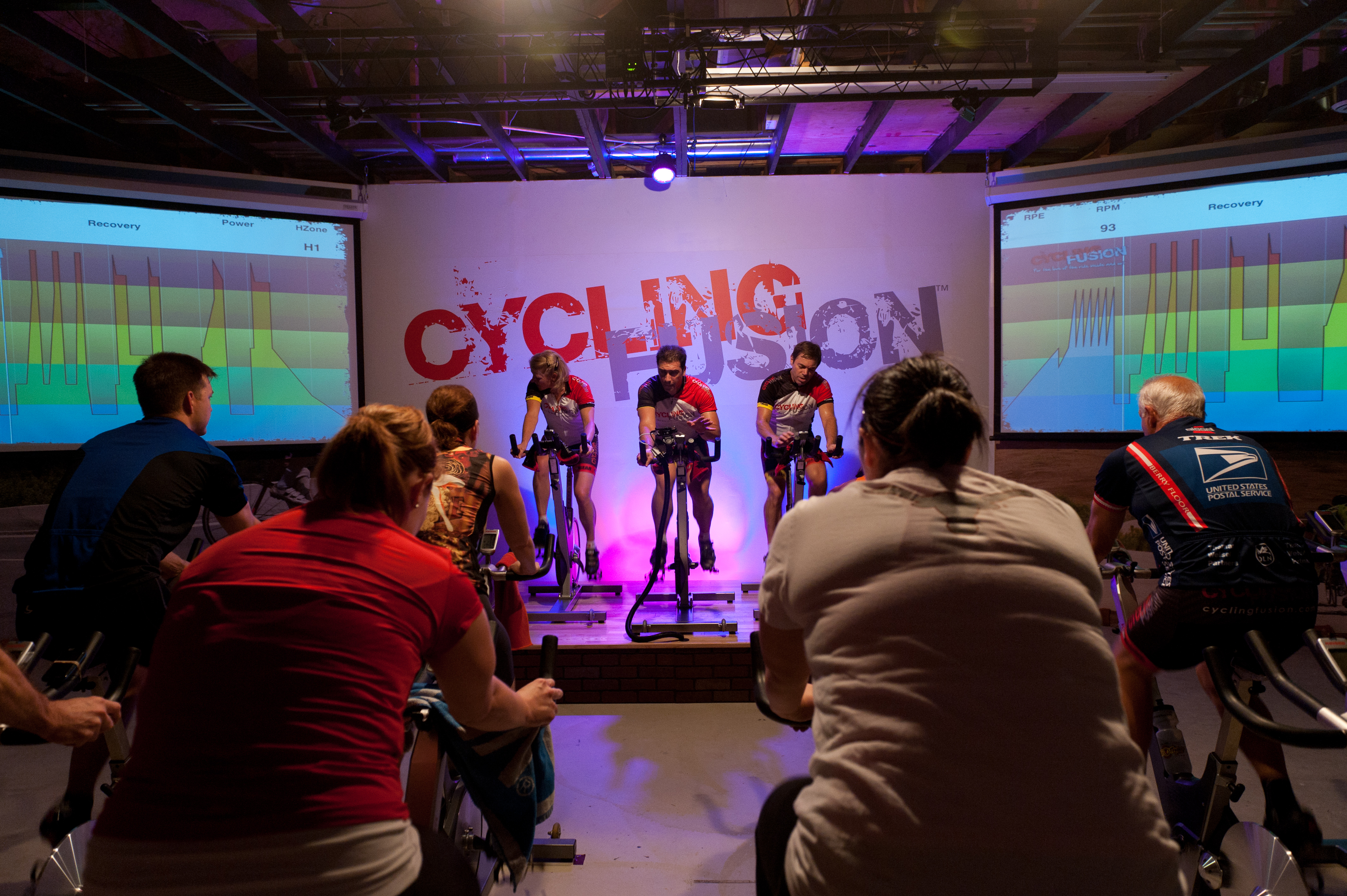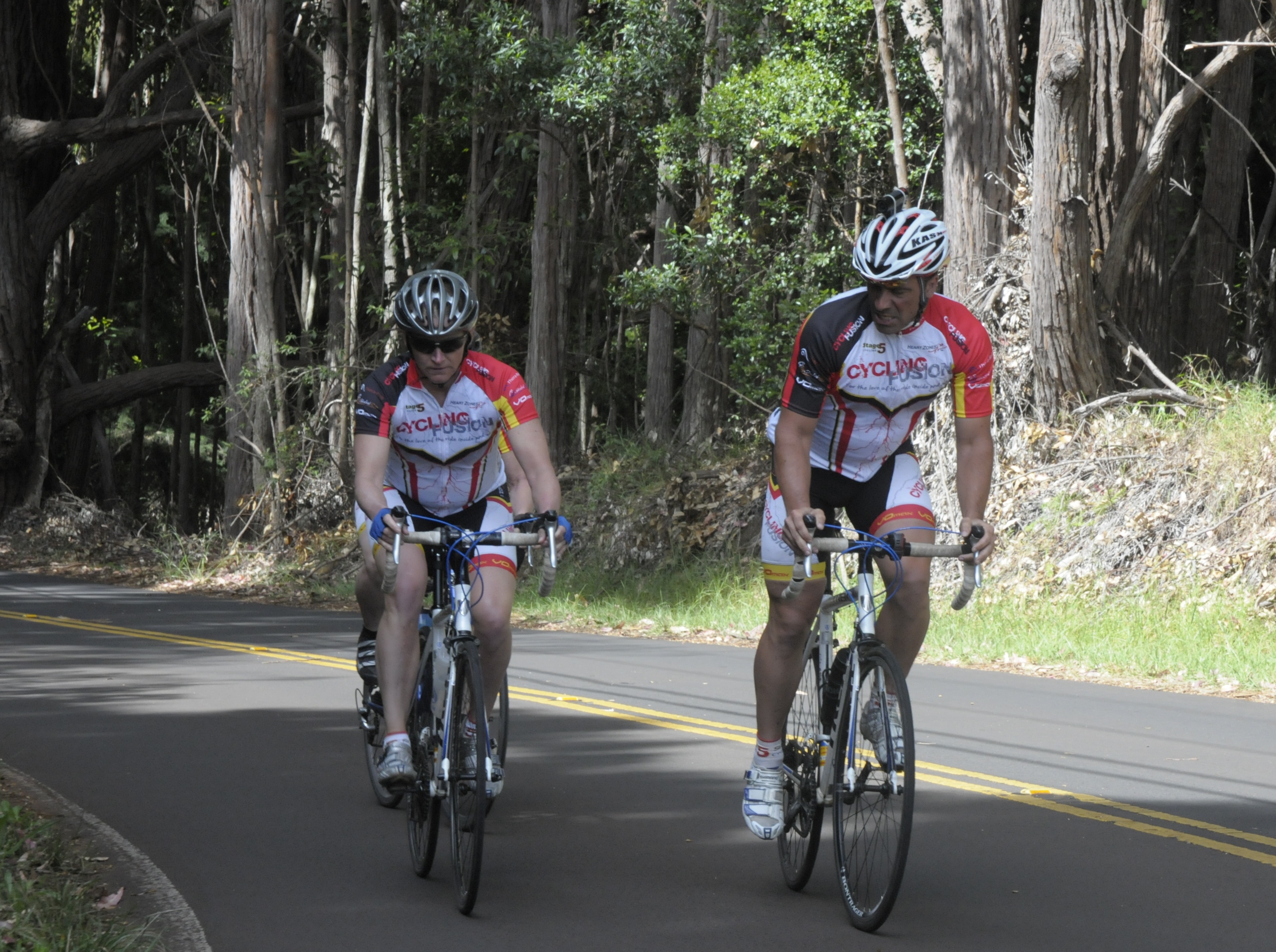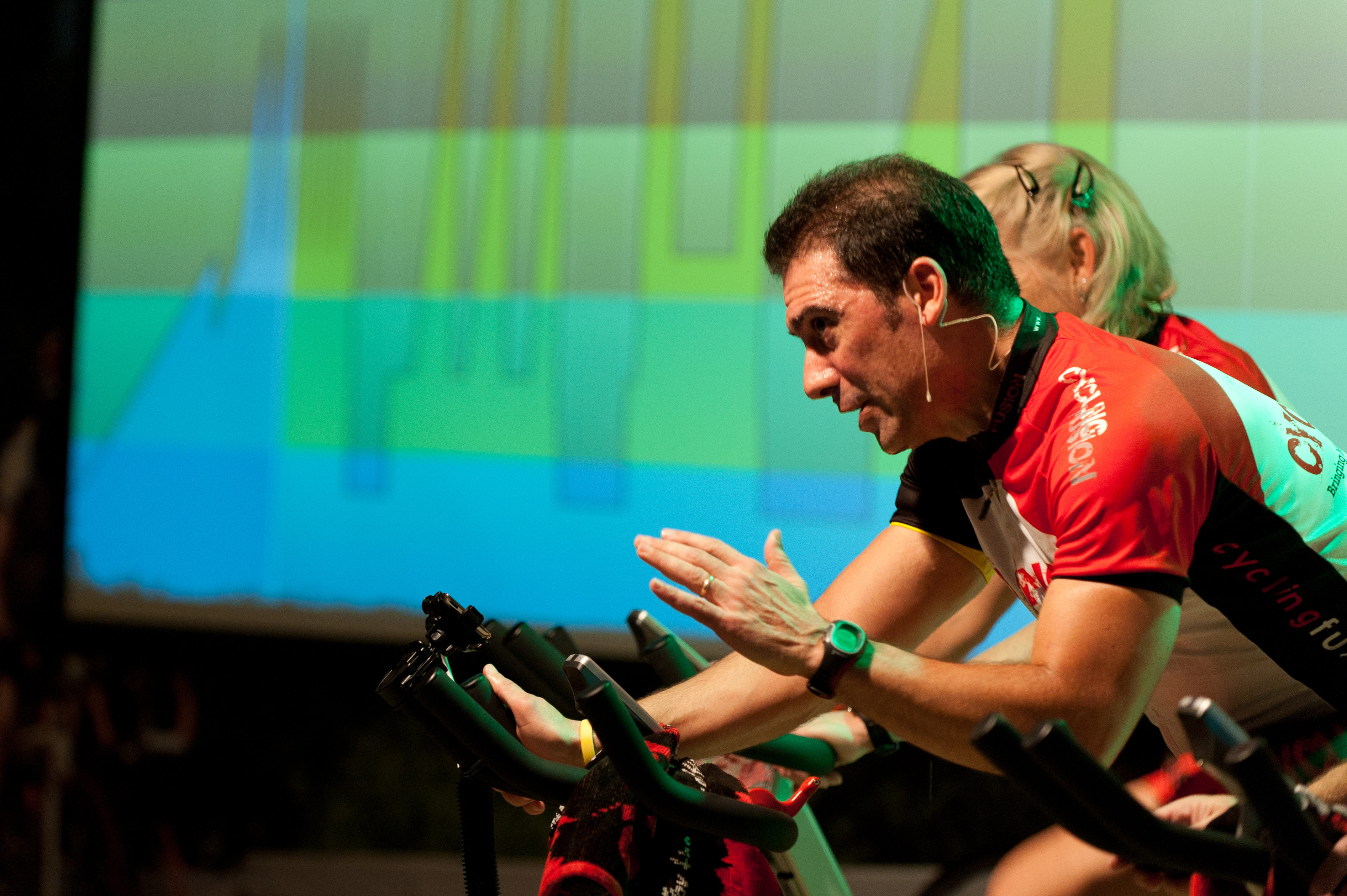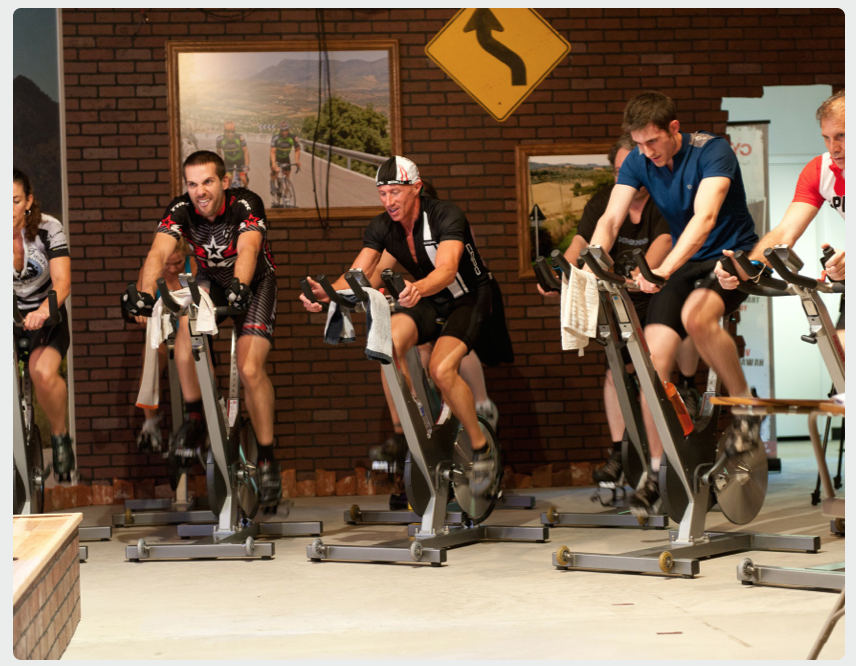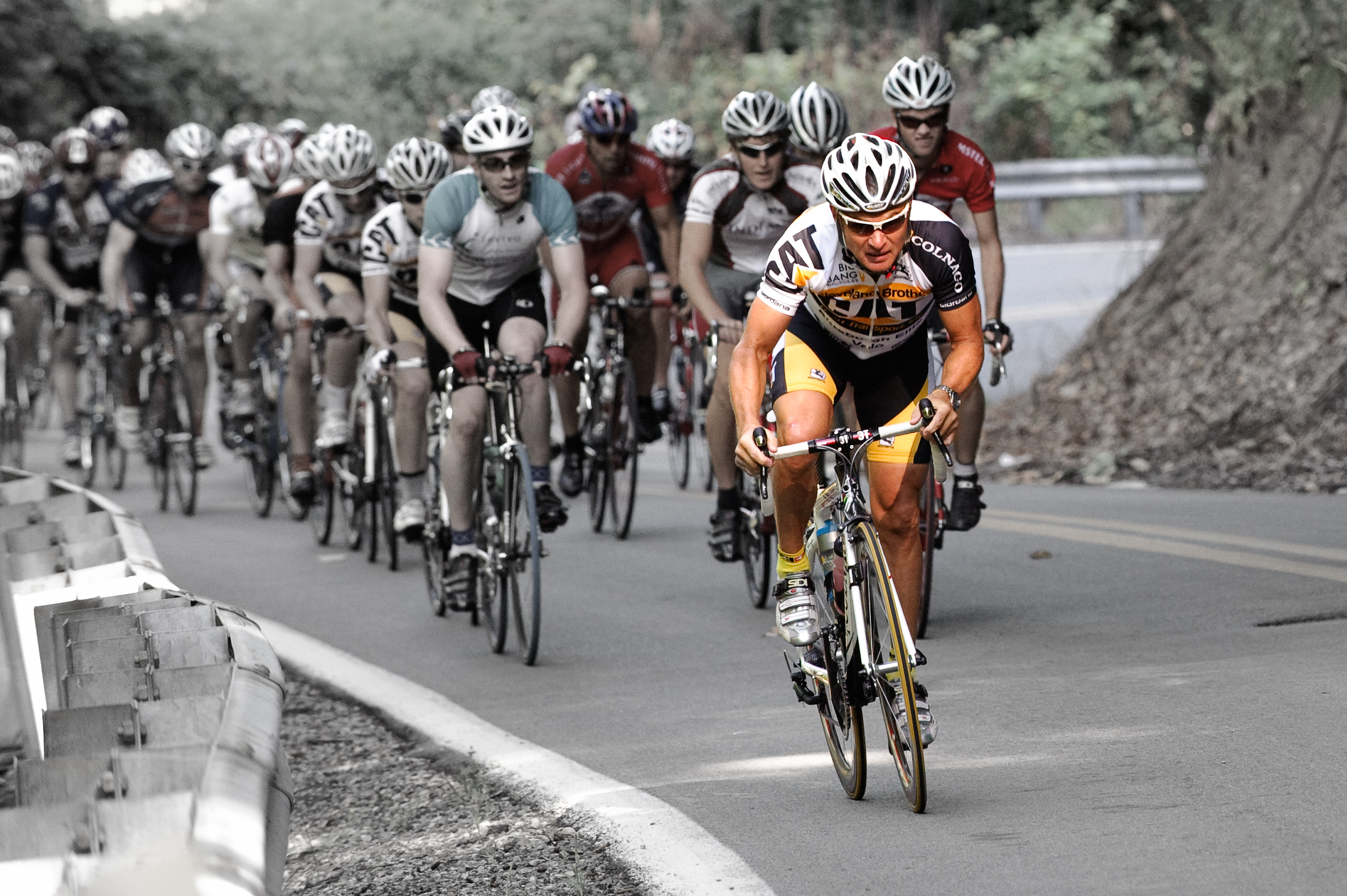Technology is Here to Stay for Indoor Cycling Instructors and Studios
Technology can help you teach your classes, it can help your riders improve their performance, and best of all (at least from a business standpoint), it can raise you above your competition and fill your classes. You might as well learn the technology that is available to our industry and how to capitalize on it. Gene Nacey of Cycling Fusion will be providing us with monthly tech tips. Read more to find out about a few of the upcoming topics in this exciting area of studio cycling!Read more…

